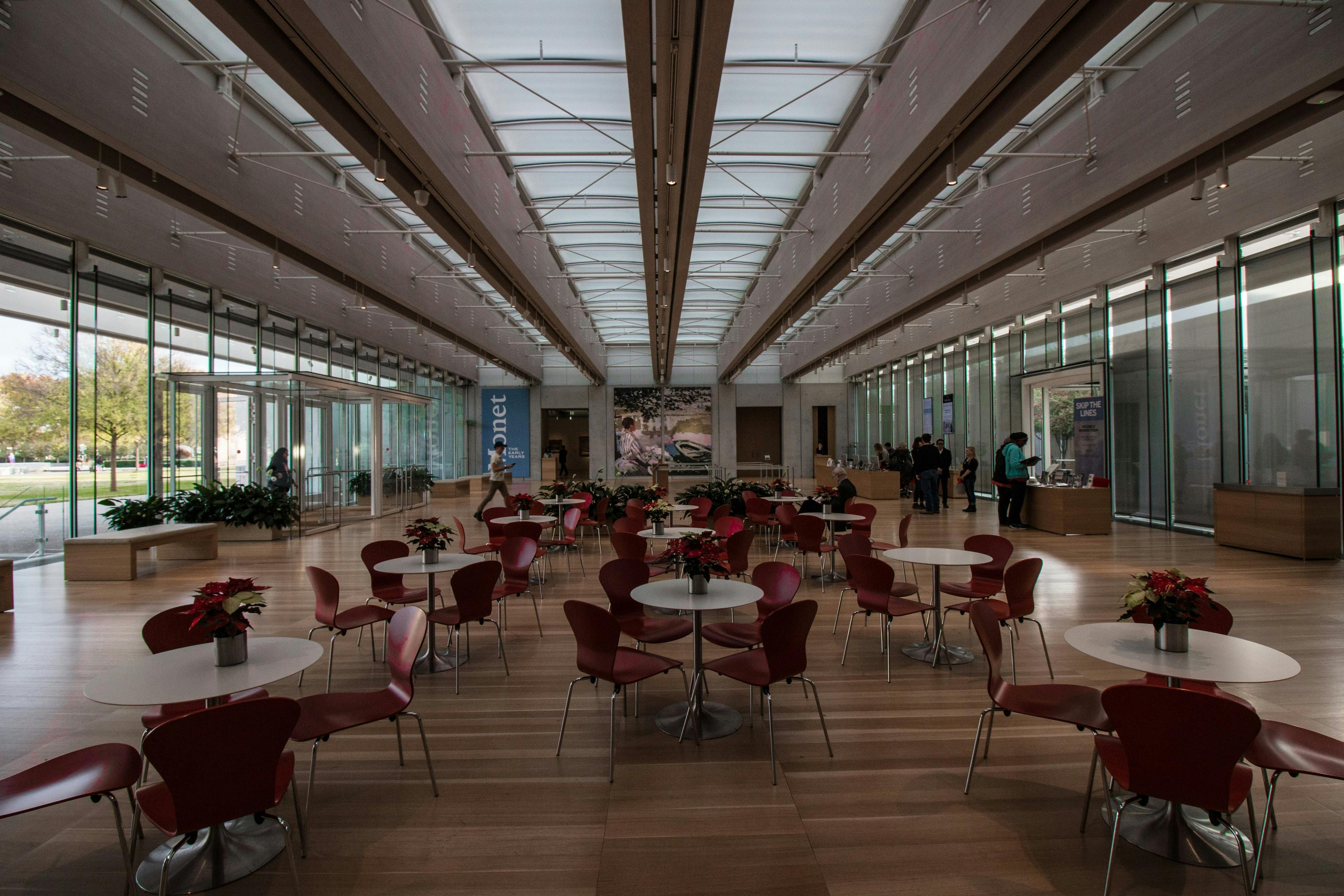Desirability, Feasibility, Viability: The Startup Success Triad
Feb 09, 2025
The Balancing Act Every Startup Faces
Every founder dreams of building the “next big thing.” But dreams don’t pay bills, and passion alone doesn’t guarantee success. What separates the startups that survive from those that vanish is not luck, but balance.
That balance is captured in what I call the Startup Success Triad:
- Desirability: Do customers want it?
- Feasibility: Can we build and deliver it?
- Viability: Will it make economic sense?
Ignore even one of these, and your startup may struggle to stand. Like a three-legged stool, all three need to be in place for stability.
Why This Triad Matters
Most founders, especially early-stage ones, lean heavily on one leg of the stool. Some obsess over technology (feasibility) while ignoring the customer. Others dream of revenue projections (viability) without testing demand. And many fall in love with customer empathy (desirability) but underestimate execution challenges.
The magic lies not in excelling at one, but in harmonizing all three.
1. Desirability: The Heart of the Startup
What It Means
Desirability answers a simple but crucial question: Does anyone actually want what you are building?
It’s about customer need, emotions, and behavior. Just because something can be built doesn’t mean people will pay for it.
Indian Context Example
A home-based snack maker doesn’t need blockchain-enabled supply chains. What she truly desires is affordable packaging that makes her product look premium. Understanding real desires — not assumed ones — is what creates traction.
2. Feasibility: The Muscle Behind the Vision
What It Means
Feasibility asks: Can we realistically build, deliver, and sustain this solution with the resources and skills we have?
It’s about technology, operations, supply chain, and execution capability. Desirability without feasibility is just wishful thinking.
Example
During the pandemic, many startups wanted to build hyperlocal delivery apps. Customers clearly desired quick delivery (desirability ✔), and investors loved the idea (viability looked possible ✔). But feasibility was the bottleneck: logistics networks, delivery partners, and unit economics didn’t scale. Many collapsed within months.
How to Test Feasibility
- Pilot Small: Test in one locality before rolling out citywide.
- Check Resource Gaps: Do you have the talent, partners, and infrastructure?
- Don’t Overpromise: Customers forgive early mistakes but not broken promises.
Relatable Analogy
Think of a restaurant. You may have hungry customers (desirability ✔) and a solid pricing model (viability ✔), but if your chef can’t consistently cook good food (feasibility ✖), the business won’t survive.
3. Viability: The Engine That Keeps It Running
What It Means
Viability focuses on sustainability. Even if customers want it (desirability ✔) and you can deliver it (feasibility ✔), will it make enough money to sustain and grow?
Example
Many ed-tech startups in India offered free or heavily discounted courses. Students signed up in large numbers (desirability ✔), platforms could deliver (feasibility ✔), but revenues didn’t cover costs. Eventually, several shut down or were forced into mergers.
How to Test Viability
- Unit Economics: Does each sale bring you closer to profit, or is it a loss-making subsidy?
- Scalability: Can the business grow without expenses ballooning disproportionately?
- Revenue Models: Subscription, pay-per-use, freemium — which truly fits your customer behavior?
Relatable Analogy
Selling tea at ₹5 when it costs you ₹10 to make will get you customers, but no business. A viable model ensures you survive long enough to serve more customers tomorrow.
When One Leg Is Missing
Case 1: Desirability Missing
A startup builds a high-tech device to track pet health, but in markets where most households don’t even own pets. Result: Great tech, no takers.
Case 2: Feasibility Missing
A founder promises 10-minute grocery delivery across small towns with poor roads and limited manpower. Desirable idea, attractive economics, but logistically impossible at scale.
Case 3: Viability Missing
A wellness app attracts thousands of users but relies solely on free services. Without a revenue model, even the most loved app eventually shuts down.
How Founders Can Apply the Triad
- Start With Desirability
Talk to potential customers before writing a single line of code. Ask: What problem keeps you awake at night? - Check Feasibility Honestly
Do you and your team have the capability to solve it? If not, can you partner or hire to fill gaps? - Stress-Test Viability
Play out different revenue scenarios. Ask yourself: If investors disappeared tomorrow, could this business still survive?
Stories From the Ground
The Farmer’s Drip Irrigation Startup
A young founder in Maharashtra wanted to make drip irrigation affordable for small farmers.
- Desirability: Farmers wanted to save water and labor.
- Feasibility: He simplified the design to use locally available materials.
- Viability: He partnered with cooperatives, ensuring bulk orders that covered costs.
By balancing all three, his pilot scaled smoothly.
The Cookie Entrepreneur
A home baker wanted to grow her cookie business.
- Desirability: Customers loved her cookies.
- Feasibility: She could bake more with her existing oven.
- Viability: What held her back was packaging — people didn’t perceive it as premium. By investing slightly more in packaging, she improved margins and repeat orders.
It wasn’t about scaling with investors; it was about aligning desirability, feasibility, and viability at her scale.
Why Founders Ignore the Triad
- Ego Trap: “I know what customers need better than they do.”
- Investor Pressure: Push for rapid growth can overshadow balance.
- Shiny Object Syndrome: Chasing trends instead of solving fundamentals.
Ignoring the triad doesn’t just cause failure — it causes burnout, wasted resources, and lost confidence.
Practical Takeaways
- Desirability ensures customers want what you build.
- Feasibility ensures you can deliver it consistently.
- Viability ensures your business can sustain and grow.
Ask yourself regularly:
- Would customers miss us if we disappeared? (Desirability)
- Can we deliver this at the quality and speed promised? (Feasibility)
- Will we still be alive two years from now without constant external funding? (Viability)
The Three-Legged Stool of Success
A startup is like a three-legged stool. Take away desirability, and customers don’t care. Take away feasibility, and customers walk away disappointed. Take away viability, and even delighted customers won’t save you.
The most successful founders are not the ones with the flashiest ideas, but the ones who quietly balance these three lenses.
So, the next time you sketch your business model, don’t just ask, “Can I raise money?” Ask instead:
- Do people truly desire this?
- Can we realistically make it happen?
- Will it pay for itself in the long run?
Because the real startup success doesn’t come from raising rounds, but from building businesses that stand strong on all three legs of the Startup Success Triad.



